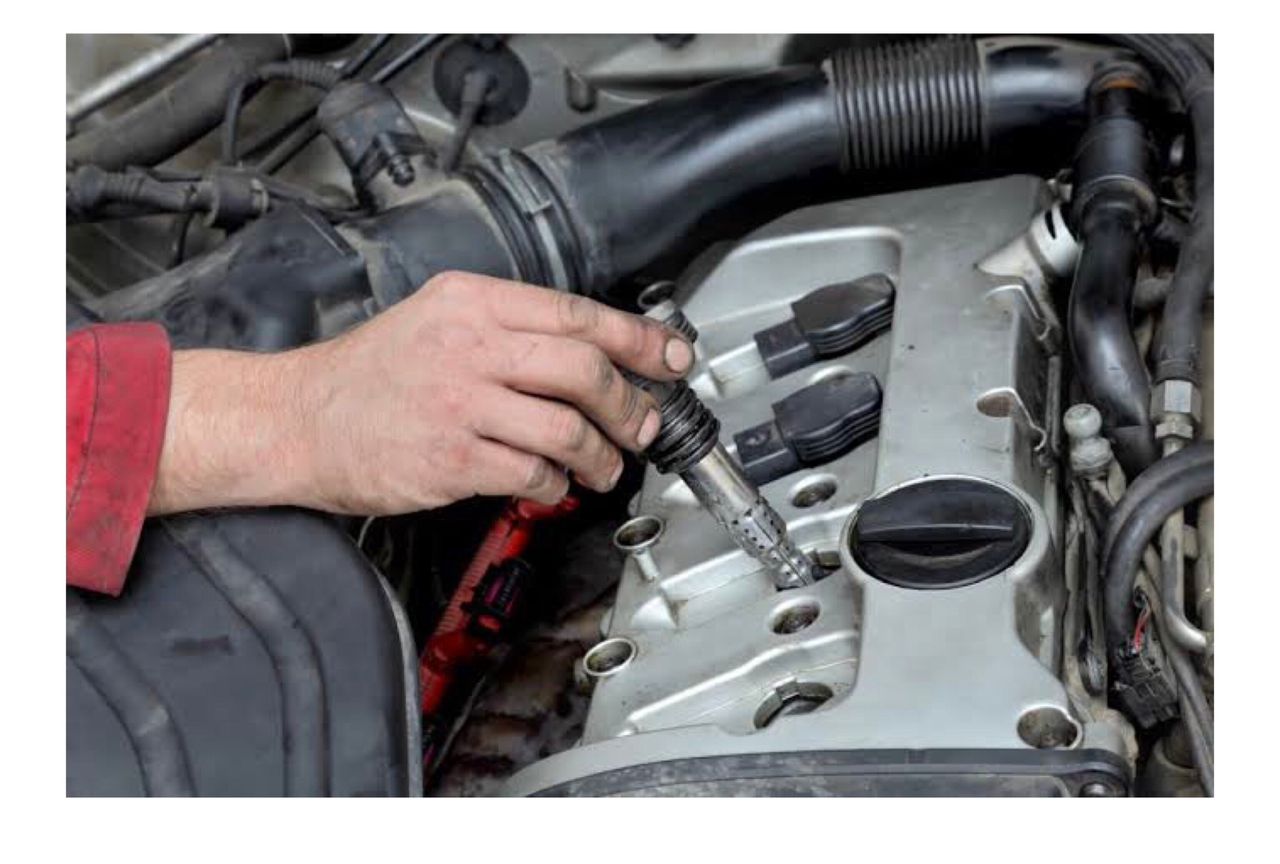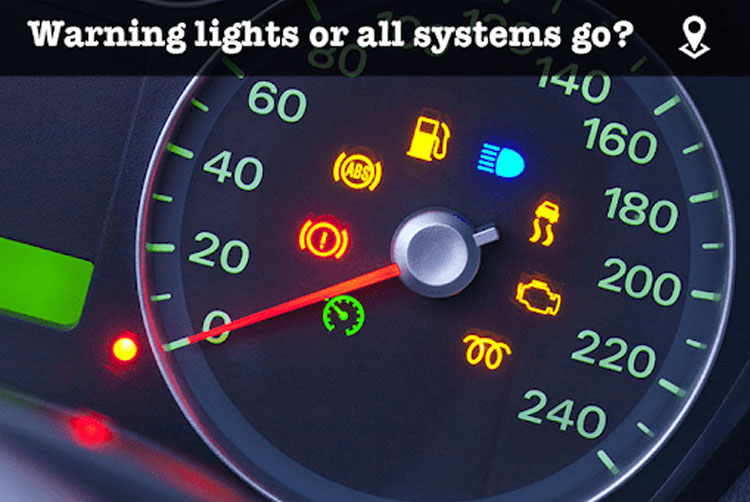All engines eventually lose some power, but regular maintenance helps regulate the loss. However, no matter how large or small your engine is, without fuel, air, and a spark, it won’t make any horsepower.
Table of Contents
Clogged fuel injectors and air filters cause problems for trucks, cars, and motorcycles and so can broken spark plugs. But they’re not the only potential causes for a lack of sparks. Sometimes, a spark plug problem is actually an ignition coil problem.
Buy top trending Car accessories in Lagos and Original Korea Battery now Check @carfanzy Lagos on Instagram
So, how do you know if it’s your spark plug or ignition coil that’s bad?
A Look at How the Ignition Coil Works with the Sparks Plug
While spark plugs and ignition coils are not the same, they’re both part of a vehicle’s ignition. Or rather, part of a gas-powered vehicle’s ignition system. Diesel engines don’t have spark plugs because diesel ignites via compression, not a spark.
Ignition systems have evolved over the decades, but they work almost the same way. There are 2 parts: the primary ignition and the secondary ignition. The first comes into play when you press the start button or turn the key. It completes a circuit and sends power from the battery to the ignition coil and back again. That causes a magnetic field to form in the ignition coil.
At this point, the secondary ignition system comes into play. The exact mechanism depends on if you have a ‘conventional’ system with a distributor, a more modern distributor-less system, or the newest coil-on-lug system, this expert explains. However, the result is the ignition system briefly interrupting the magnetic field within the ignition coil.
An ignition coil is essentially a wire-based transformer, another expert explains. The simplest ones are made out of 2 coils of wire around an iron core. When the magnetic field gets cut off, it creates an electrical current between the inner and outer coils. This bumps the 12 volts from the battery into 50,000 volts or even more.
Why such a high voltage? Because that’s what powers the spark plugs. Without such high voltage, the current wouldn’t be able to jump across the spark plug’s electrode gap.
Signs to Identify a Bad Ignition Coil & Bad Spark Plug
An engine needs both spark plugs and ignition coils, if either fails, your car, truck, or motorcycle won’t work. But diagnosing which one’s the problem can be tricky. As Autoblog explains, they share several symptoms.
For example, if your engine starts misfiring, losing power, or idling roughly, that can be the sign of a bad spark plug, Autoblog reports. But those signs could also point to a faulty ignition coil. A check engine light can also point to either, as can difficulty starting the engine.
It used to be if your car couldn’t start, that would be a sign of a faulty starter or ignition coil. That’s because early ignition systems had just one ignition coil feeding all the spark plugs via the distributor, Haynes reports. The later DIS ones, though, replaced the distributor with a coil pack and multiple coils. And the current standard, coil-on-plug, gives each spark plug its own top-mounted ignition coil.
Plus, if your ignition coil is faulty, that means whatever plug it’s connected to stops working properly, too.
Can I Fix This Issue At Home?
There are ways of fishing out a faulty ignition coil, this expert reports, regardless of which ignition system you have. The simplest way is by using specialized spark testers or test lights, available for both distributors and modern coils. They attach directly to the wiring and indicate when the charge flows through it.
Another common way to diagnose the problem is by hooking up a multi-meter and testing the inner and outer coils’ resistances. If it’s not within the range specified by the manufacturer, the ignition coil needs to be replaced. However, it’s possible for bad coils to still pass this test. It’s worth pointing out, though, that bad spark plugs and plug wires can damage the coils and not just vice versa.
Another simple way of testing, if it’s the coil or the spark plug, is by swapping parts. Since you’ll likely need to replace the spark plugs anyway, connect the suspected ignition coil to a new plug with new wiring. If it still doesn’t fire, it’s the coil. Or, simply unplug the wires from each cylinder one at a time. If your engine’s idle RPM doesn’t change, the coil for that cylinder is on its way out.
Conclusion
Luckily, if your vehicle has a coil-on-plug system, changing the coils isn’t any more difficult than changing the plugs. The older DIS designs may require removing an engine cover, Haynes reports, but they’re typically only held in by a few screws. However, note which spark plug wire connects to which coil if you have a coil pack. Otherwise, you’ll off the engine’s ignition timing, and create more problems. If you can’t handle it, it’s best to see a mechanic.
Have 1 million naira and above to Buy or Sell Cars In Nigeria? Check Carmart.ng RIght Now
All rights reserved. Reproduction, publication, broadcasting, rewriting, or redistribution of this material and other digital content on carmart.ng is strictly prohibited without prior express written permission from Carmart Nigeria - Contact: [email protected]
Stay informed and ahead of the New Car info! Follow The Carmart Blog on WhatsApp for real-time updates, Cheap Cars, and Latest new car content. Don't miss Any –
Join The Carmart Blog Channel







